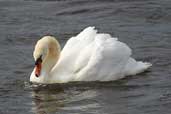
Scotland
The Mute Swan is originally from Europe and Central Asia as far as China but there are feral populations that have spread to most places with a temperate climate. Despite its origins it seems to be more closely related to Southern Hemisphere swans such as the Black Swan, Cygnus atratus and the Black-necked Swan, C. melanocorypha than the other Northern Hemisphere swans such as the Trumpeter, C. buccinator, the Whooper, C. cygnus and the Tundra Swan, C. columbianus.
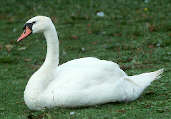
The Mute Swan has become semi-domesticated in many places mainly for decoration but, particularly in the past, as a luxury food.
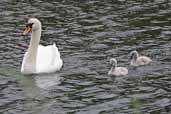
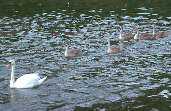
Any unmarked birds on the Thames "belong" to the Queen. We have such quaint, irrelevant institutions in Britain!
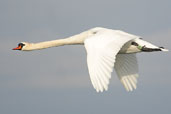
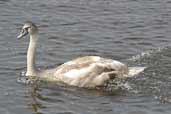
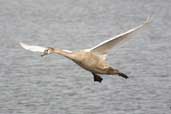
| Previous Page | Back to Index | Next Page |